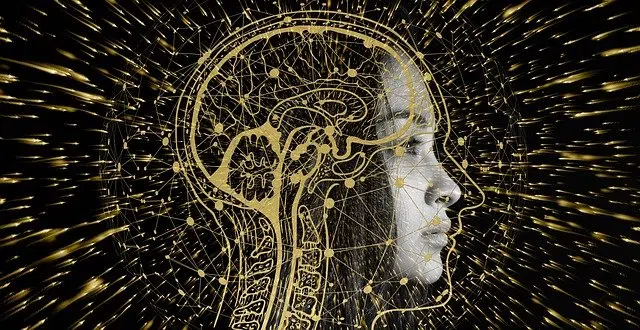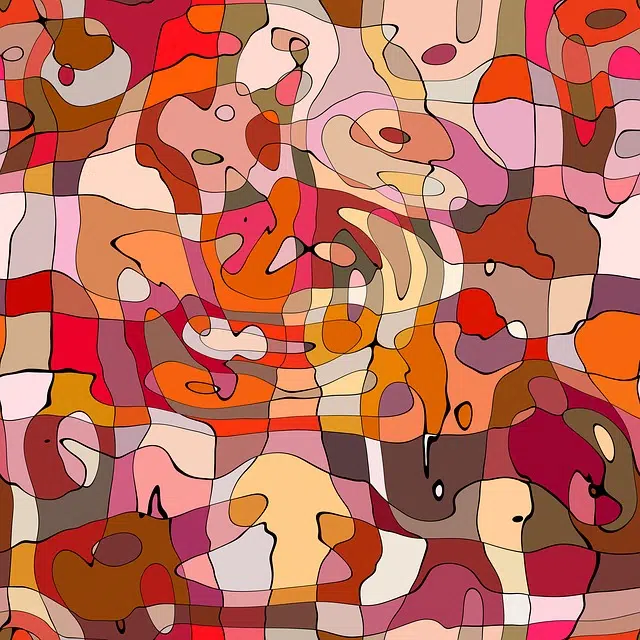
Abstraction is a brain activity that enables the conceptual isolation of a quality.
From Latin abstractio , the concept abstraction is linked to the verb to abstract (to separate the properties of an object through a mental operation, to stop paying attention to the sensible world to focus on a thought). Abstraction, therefore, is some of these actions or their effects.
For philosophy , abstraction is a brain activity that allows isolating, at a conceptual level, a certain quality of something with the intention of devoting oneself to a reflection on it without considering the rest of the properties of the object in question.
When, thanks to these thoughts or the action of comparing various things, it is realized that the isolated quality is common to several, it is said that the object subjected to abstraction is a universal . The discipline that is dedicated to investigating the existence, or not, of universals separated from their reflection, is metaphysics .
Different levels of abstraction
Regarding abstraction as a reasoning capacity , it is what allows objects to be separated into parts and understand the essentials of each of them. According to Jacques Maritain, to understand the fundamentals of the speculative sciences , it is necessary to investigate the domain of the sciences in their hierarchy and divisions, which can be differentiated according to the degree of intelligibility (what can be understood) that the elements possess in them. objects of knowledge.
For his part, Saint Thomas Aquinas was convinced that intelligibility develops in parallel to immateriality , and that is why things of a material nature are more understandable than spiritual things; Despite this, the higher questions of knowledge have to do with spiritual knowledge .
Abstraction constitutes a process that develops on three levels:
First degree abstraction : It is known as formal abstraction. It allows us to know the mobile and sensitive matter that forms abstract objects and to capture them in a broad way. At this level, intelligence understands the essence of the object, its matter (with rare exceptions, all things are made up of matter). In ancient times this part of the process was called phisica, that is, physics .
Second degree abstraction : Known as the abstraction of sensible matter . Analyzes the number, quantity or extension of the matter that makes up the object; It is imaginary and necessary to understand the functioning of the object. The difference between this degree and the first is found in the immateriality of this second. It is the world of extension and is resolved through numbers, that is, mathematics .
Third degree abstraction : Known as abstraction of all matter , that which is separated from matter and numerical in an object. This level is about "being as such", that is, about the world of Being and realities that are not material, such as the spirit. It could be said that this essence takes advantage of matter and its numerical qualities to manifest itself and that this aspect of the essence can only be understood through metaphysics .

Abstraction in art implies not trying to reproduce natural forms or other models.
abstract art
Known as abstract art , on the other hand, is the style that does not attempt to reproduce the shapes of nature or other models, but rather focuses on the characteristics of the structure, shape and colors of the work itself. This style developed as a kind of opposition to realism and photography.
Within abstract art it is possible to highlight abstract expressionism , a painting movement that had its origin in the '40s in the United States. Among his main characteristics, we can point out his preference for oil paint (and not for canvas) and for large formats.
In art , abstraction emerged in the 20th century at the beginning of a new trend in which new forms were explored . Until that moment, works of art imitated nature with its landscapes, people and objects that inhabit it; It was believed that the more a painting resembled reality , the more perfect it was. Abstract painting is based on the elements of nature but is not governed by any rules; The artist manifests his inner world and art becomes something absolutely subjective . In this period, art is characterized by transmitting feelings, using the mixture of colors without limits and in the same way geometric shapes , in a word, art is liberated.
In 1964, post-pictorial abstraction appeared in the United States, as a successor to abstract expressionism. The first person to mention the term was Clement Greenberg, to describe an artistic style that rejected gestures and applied color uniformly , but without the desire to convey an a priori message. Furthermore, the painting occupied very large surfaces and did not have to be justified with ideas or feelings, it itself was its own justification. From this current, minimalism subsequently emerged, which sought a more basic formal and chromatic approach than previous trends.
